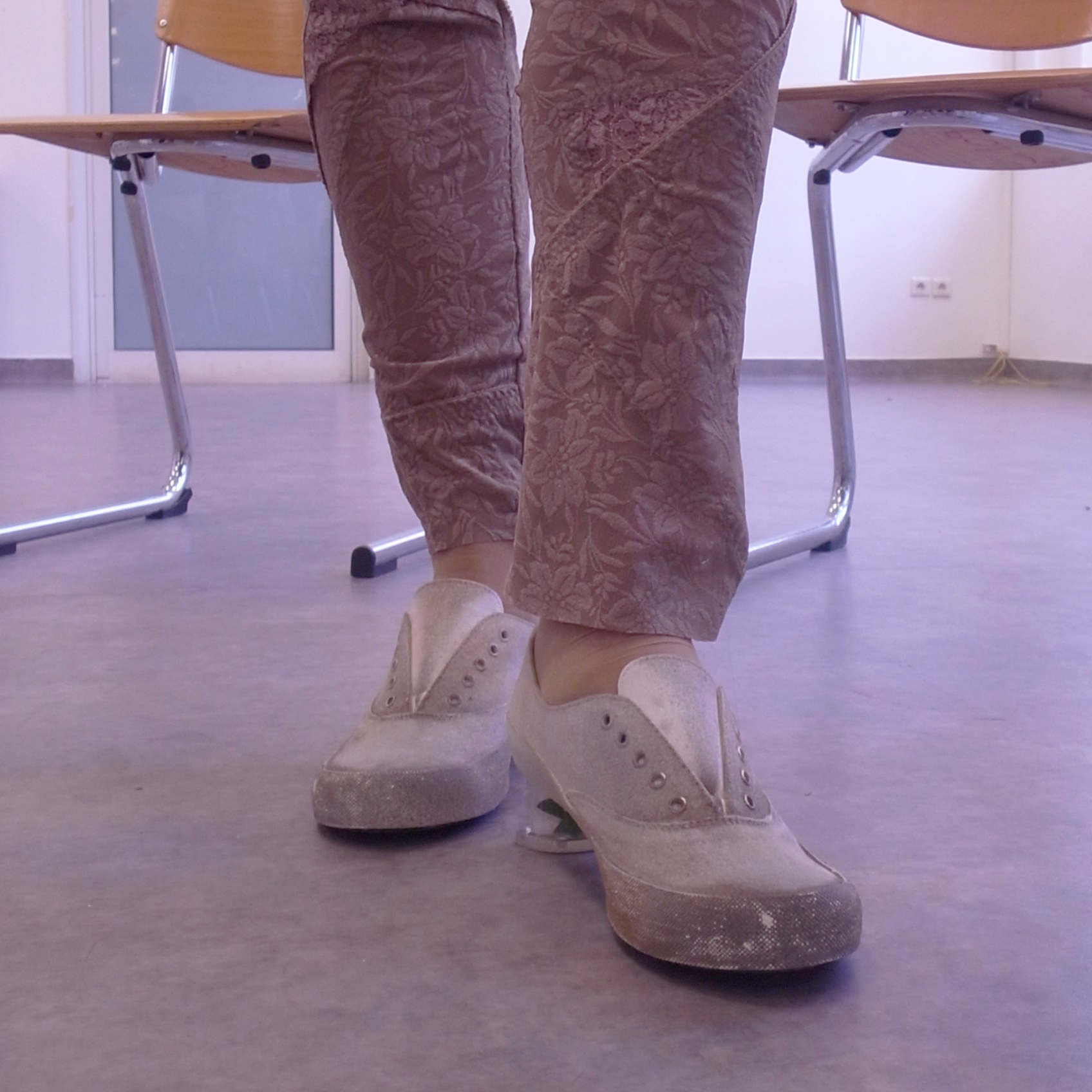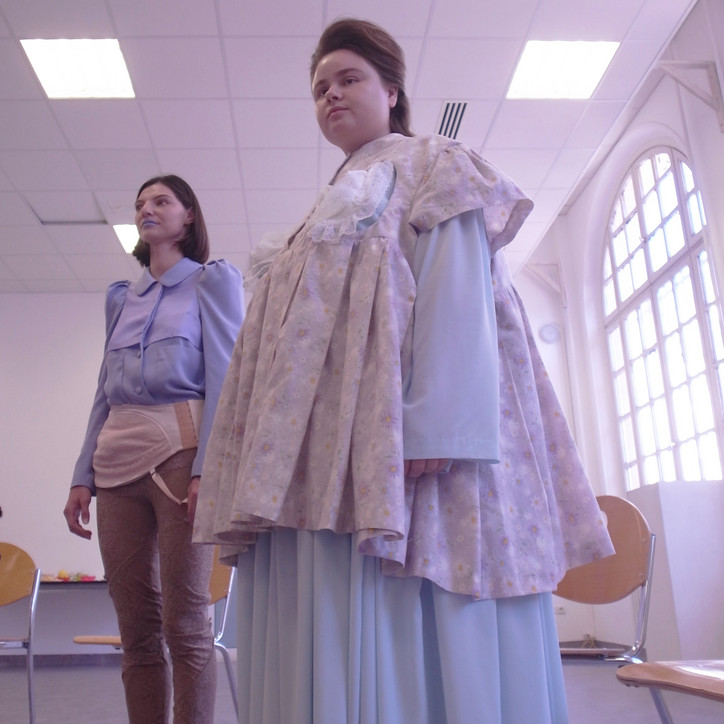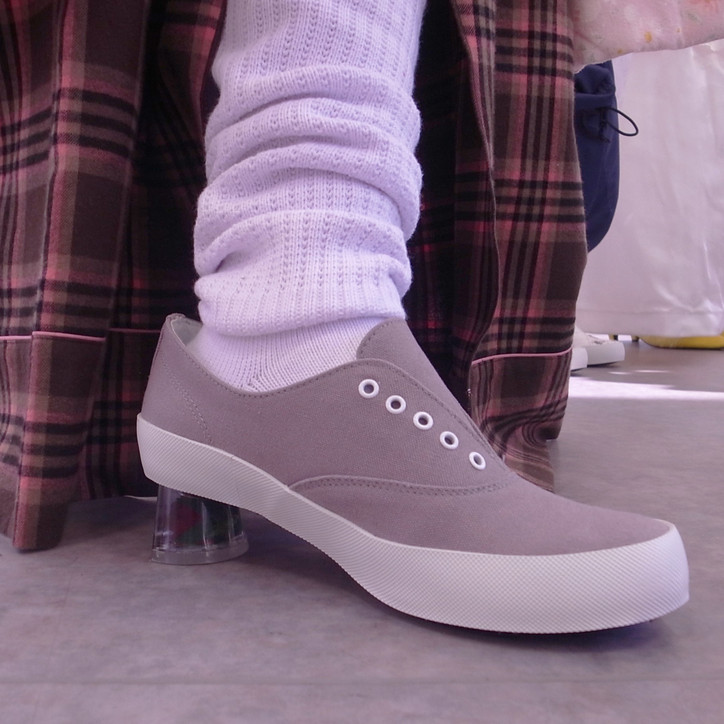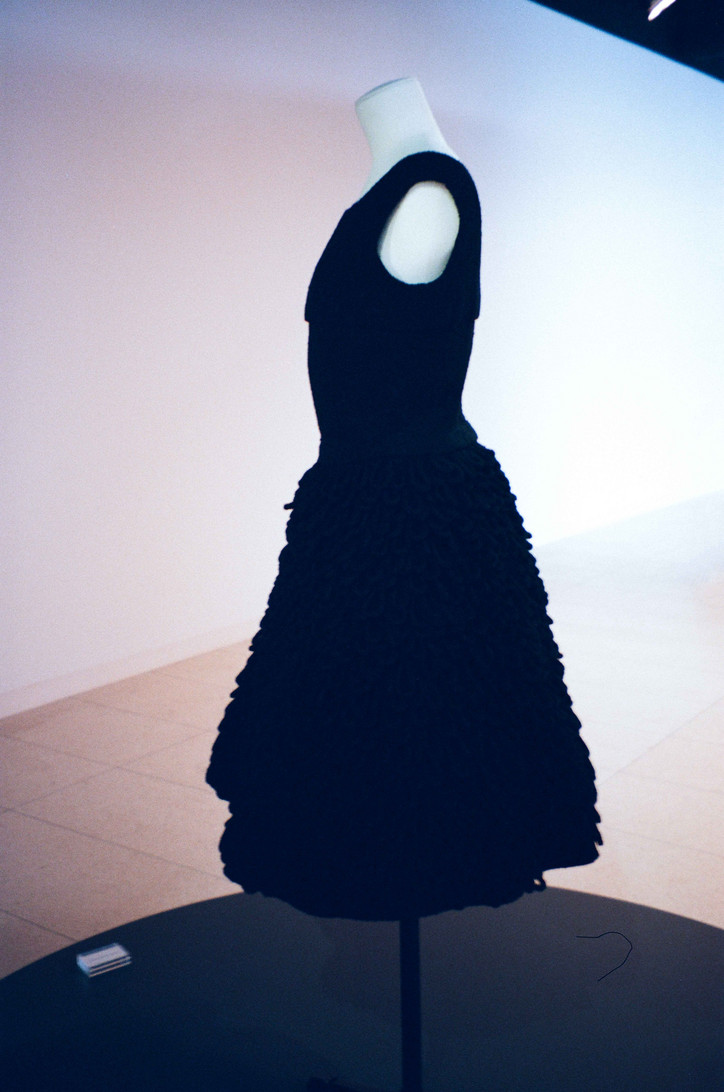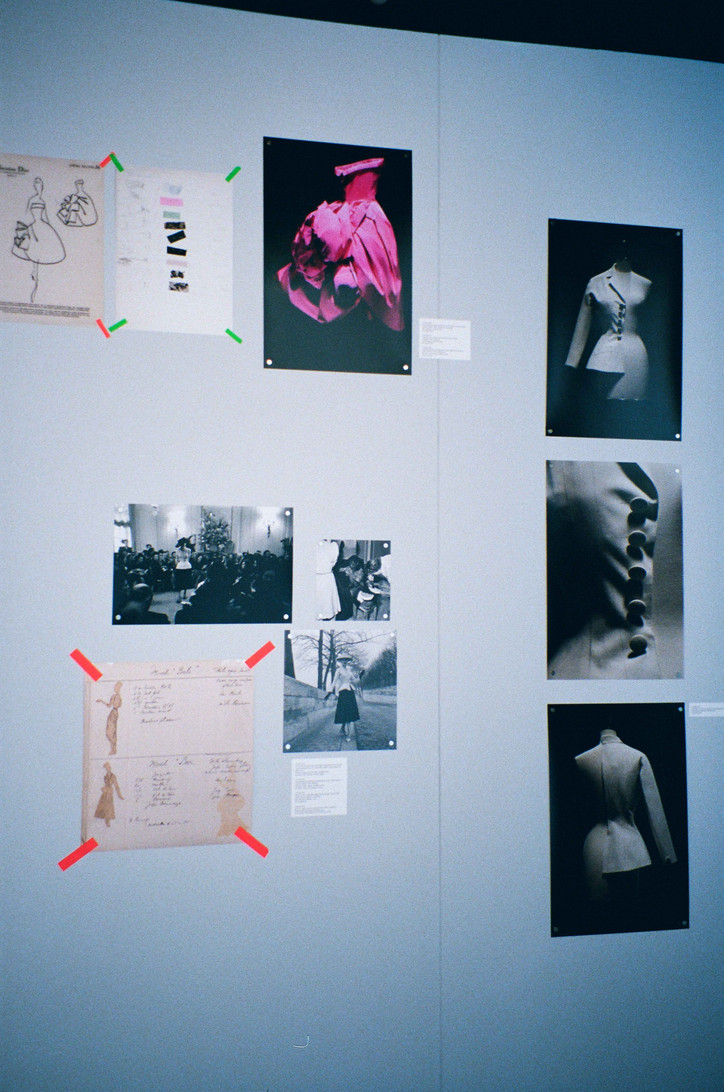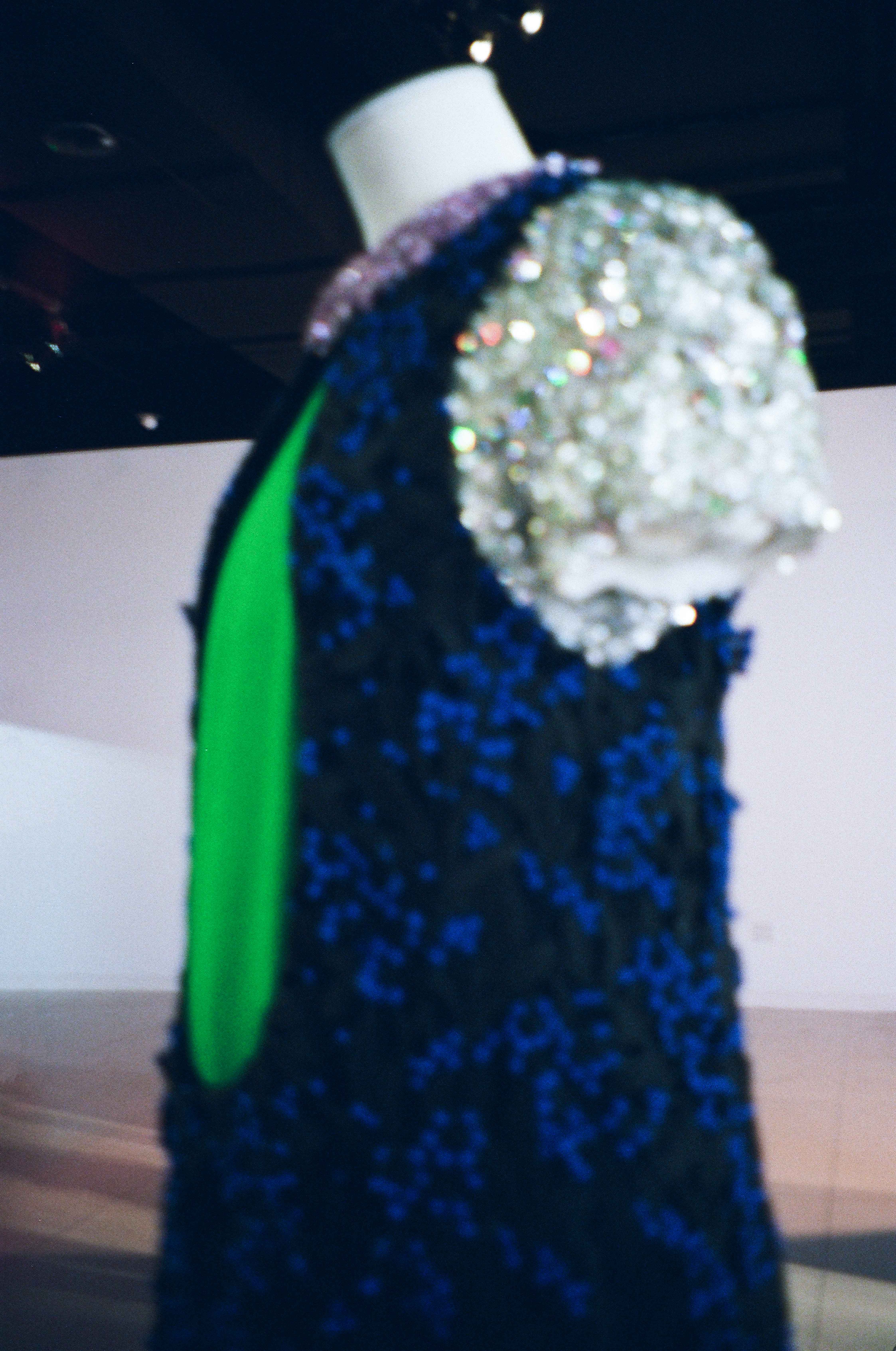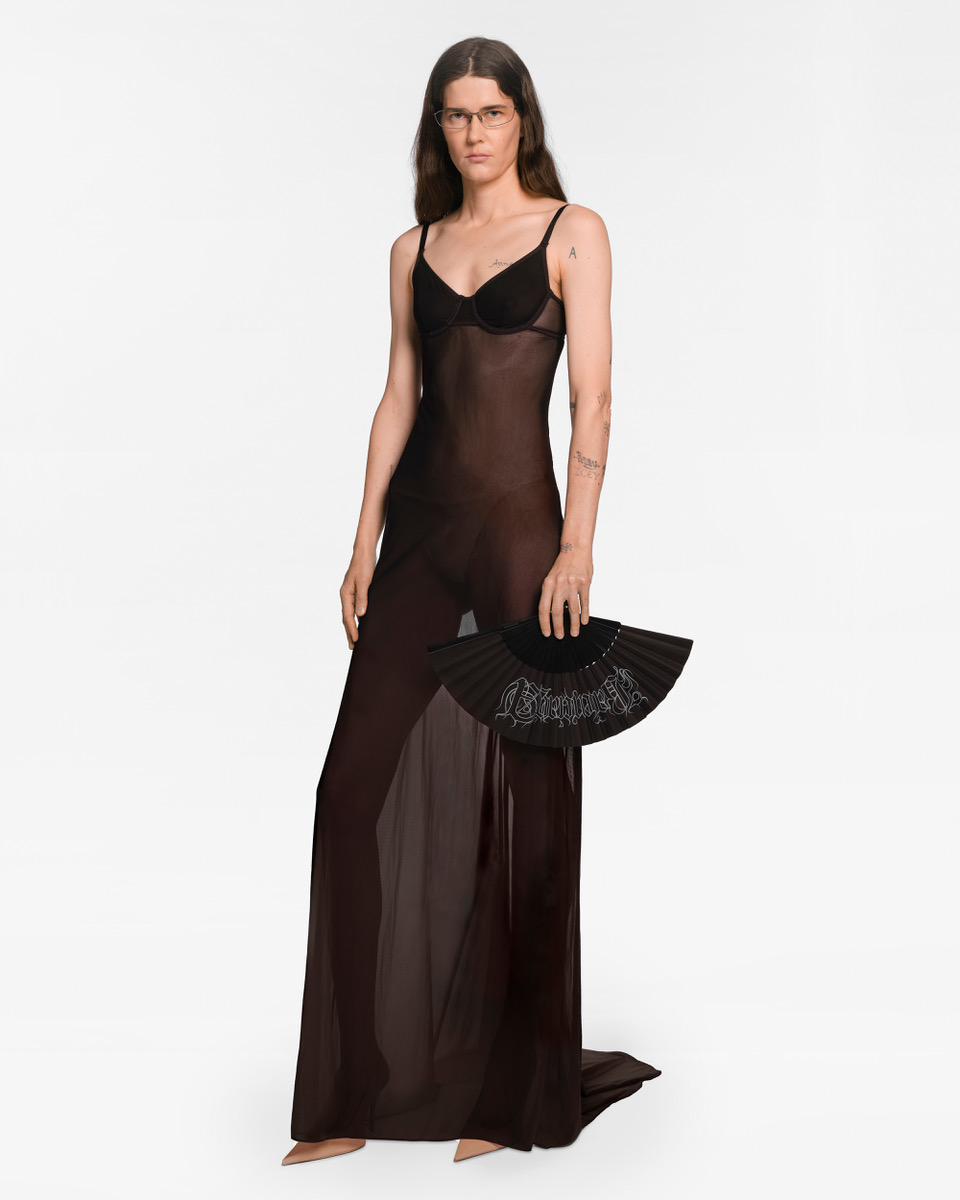office 2018: Better Not Tell You Now Vaquera

To describe their collective design process, Vaquera once compared it to the parlor game Exquisite Corpse—originally played by surrealists, it entails a folded piece of paper passed among the participants, each of whom adds a new part to the image, concealing it before sharing it with the next individual, each player blindly contributing to the eventual composite drawing.
Having originated in the avant-garde, the game brings out overt eccentricity, and the unseen elements add an exciting energy that only a crew of unpredictable artists would wholly appreciate. A fitting inspiration, then, for the brand whose SS18 show notes famously declared “Surprise bitch.”


To follow these four during Fashion Week often involves some off-roading—arriving, confused, at Church Street Boxing Gym for a catwalk-free runway show, being beckoned to the Angel Ortiz Foundation, a non-profit art space inside a Synagogue on the LES, or sneaking into an unlicensed presentation in a subway station. And who could forget the debut of their superb Tiffany & Co. thong at the Ukrainian National Home on Second Ave.?
For one of their most talked-about projects, they collaborated with Hulu to create a celebrated collection inspired by The Handmaid’s Tale, the 1985 novel and recent TV adaptation that describe a depressingly familiar dystopian patriarchal climate. The subject of that collection was identity crisis, a recurring theme for Vaquera. But rather than approaching such a dilemma as a problem to be solved, the brand seems to thrive in this undefined, mercurial state, proclaiming their unrest in a defiant would-be mission statement. “I’m trying to think—about who I am, and what I want!”


Where did you guys get the name Vaquera?
It came from, Patric was working in a kitchen, in Alabama actually, and his co-workers called him that term—being gay and southern—”La Vaquera.” [Sp.: the cowgirl]
I saw an interview where you used the analogy of playing the game Exquisite Corpse to explain your collective creative process. Could you elaborate on that concept?
We are in constant communication, and still sometimes you come in and someone has made this crazy hat you’re not expecting to see, but somehow it works seamlessly with something someone else is working on. That surprise is exciting.
That statement sounds like it defines the Vaquera voice. And, actually, “anti-fashion” might just be a term I’ve heard being attached to your brand.
I feel like everyone else is more anti-fashion than us. If anything we are 100% fashion and we think what is going on at large is pretty anti-fashion. We want to include people but we are such fans of fashion that we’re excited to include new people in the conversation. We’re literally obsessed with fashion.



As you’re becoming a bigger brand, how will you address your expanding market while maintaining an “antifashion” attitude?
I wouldn’t say we are anti-fashion. Our focus is to question fashion industry norms, then turn them on their head. To have people think. Preaching something from outside the group doesn’t work. You need to be inside the group preaching about it.
Do you have a person in mind that you think represents your market, that could be deemed the model Vaquera consumer?
We didn’t really think about it until the most recent season, and then we were like Who is the Vaquera girl? What does she look like? What does she wear? We sort of just came to the conclusion that she’s the unexpected, she’s just the kind of girl or boy or whatever that wears a ball gown to the grocery store and then a T-shirt to the club.
How do you weigh in on that tired debate of whether a certain look qualifies as fashion?
Well, it’s what your mom is wearing, what the person on the subway is wearing, what the dentist is wearing, what the waitress at the restaurant is wearing. Fashion is everything, and everywhere. Even people who don’t think about what they wear or make an effort to wear something to make a statement at the time, that is still fashion, and it’s all telling a story. People are always expressing something, even if they say they aren’t “fashionable.” They’re making a choice. It feels as though the big brands are anti-fashion, for discouraging personal expression in the ways we are trying to encourage it—by bringing fashion something alive and full of energy.


But if Vaquera becomes a big brand, won’t widespread exposure prevent the “unexpected” element?
Unexpected isn’t always unknown, unexpected just means against the norm. Reinventing ourselves, that’s what is exciting. So, when some say, “Go to the Vaquera show to see more American flag dresses,” then we do the show at a boxing gym. At that point it’s easy for editors to call it a collection about boxing—but then a bunch of surfers come out.
You’re illustrating why it was so hard to come up with questions for this interview.
It is a compliment that you say it’s difficult to think of questions to ask us. It’s a challenge, but we want people to think, and rethink things, and to talk about things that often are un-addressed. It’s not that it is just random, there’s a lot that unifies our collections, it’s just not in a typical way. It’s not like, “Oh, Vaquera, they’re gonna make romantic blouses forever so that’s what we’re gonna see on the runway.” It’s a challenge too, that’s what’s exciting.
I think, also, if people expect one thing from you that’s unfair for everyone.
We will convert that, so if people expect one thing we need that to be our motivator.


I know that there was a line, something to do with embracing dirtiness and not being afraid to have made mistakes or not having everything polished in your clothing. Is that something that you feel is important to carry out even as things veer towards a higher end market?
Well we do want to improve some of our production and some of the finishes and things, but what we were talking about in that quote was thst we do all the cutting ourselves, and because some of us are self-taught, we sometimes make mistakes in the patterns, or the silhouettes. It’s about embracing that. We definitely leave some things up to chance a lot, and I think that’s what makes the clothes exciting.
So, self-acceptance in a way but also self-respect?
Totally.
I know there’s been a lot of talk in the industry and on social media calling you out for copying another designer regarding the Diet Prada post. You responded by calling the reproduction “fashion fan fiction.”
This is something that has been going on for a long time. Literally everyone does it, and although doing it to a peer— or say, someone on the come-up—is not cool, referencing the masters of your medium is the past, present and future of being creative. Sometimes saying “everyone else is doing it” can enable people to excuse bad things. The way in which things are done makes the difference. Even with a one-to-one, we are reconceptualizing, and once it’s on it has new context.

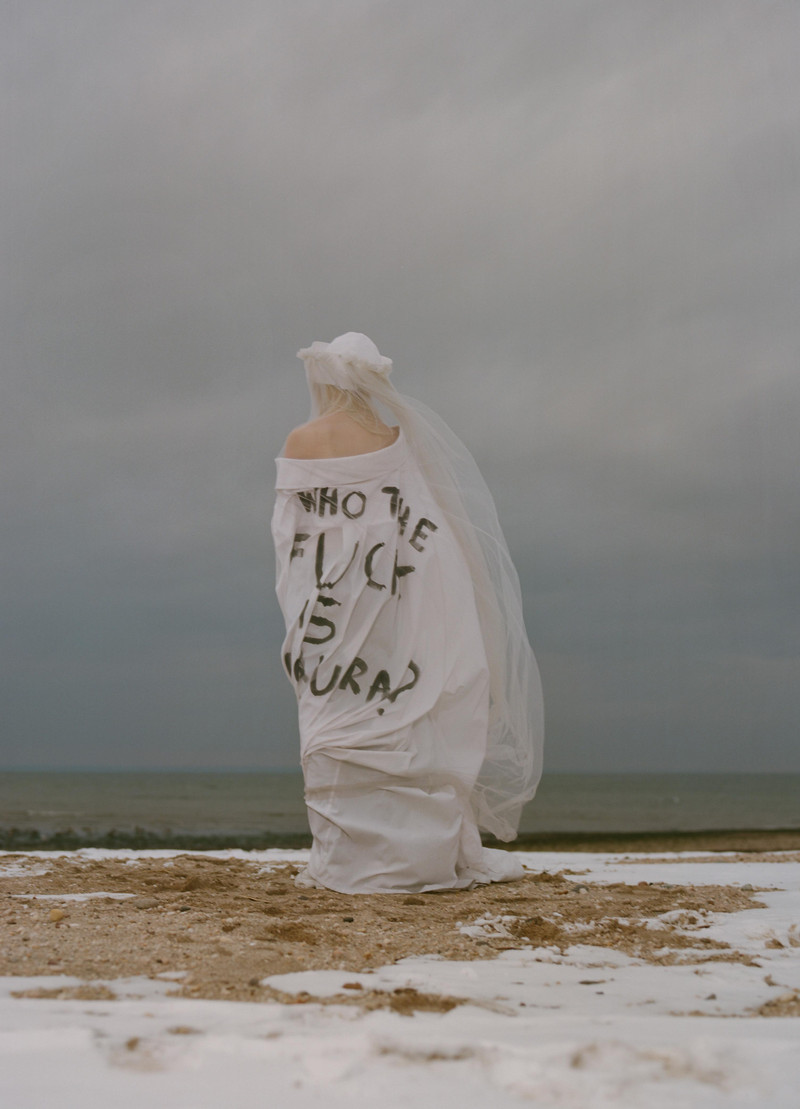

I guess you can’t necessarily see that everyone’s doing it, because most big brands are trying to hide it, while you guys are generally open enough with your appropriation to put it right in the collection, and not covertly.
Look at Rihanna, who covered that Tame Impala song, which is lit. Because she’s cool, and she just did it. Fashion has historically been a heavily segregated industry, so the idea of allowing alternative communities access to that is hopeful. It’s inclusive, and that can be innovative. Our work is also about mixing elements, collaging elements, that itself is alive as far as general awareness, because of the internet. You can find anything on the internet, so I think you’ll find a lot of people who are working in that kind of way.
The work you do consistently references current events, or comments on our cultural climate, sometimes functioning as a message for the media age. What keeps you stimulated and inspired while you’re working on these themes in the studio?
It comes naturally. We are a narrative clothing line and develop our characters mindfully, and we normally have each collection based on two opposing elements. We are always thinking about contrasts between the present characters. Telling a story and creating these different characters, while also adding the political message, is extremely important to us, and we’ve found that with that it often ultimately evolves on its own. If you try to be really obviously political in the approach, it seems so forced, but I think we come to something naturally, influenced by the existing social and cultural climate.
What’s your working concept for the upcoming FW 2018 collection?
We can’t reveal too much, but we can say it will be unexpected.
So, expectedly unexpected?
No. Just unexpected.
As 2018 comes to a close, office is counting down some of our favorite stories from the year. Keep your eye out for more highlights—like our Issue 09 cover story with Blood Orange—this week.
Buy office Issue 08 here.







